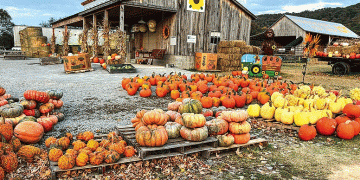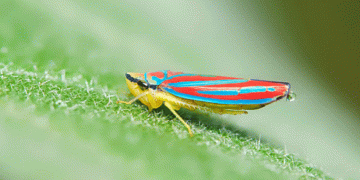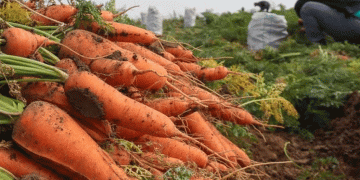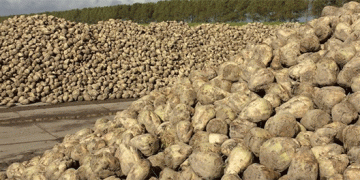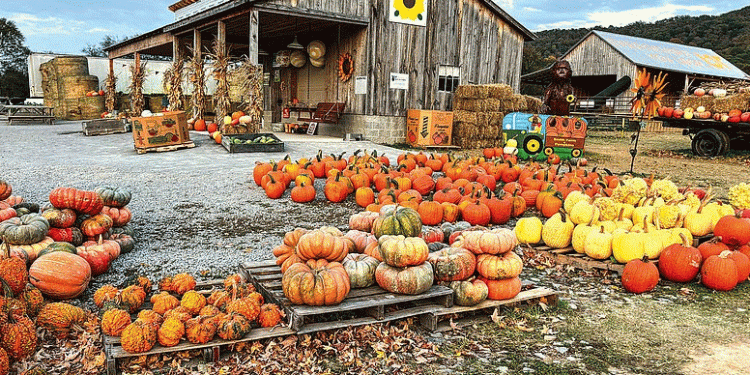For producers like Gwen Echols, the annual pilgrimage to Aubie Smith Farm is a cherished tradition. Her loyalty, built over years of visits, is no accident. It is the direct result of a deliberate strategy employed by forward-thinking farms to transform a simple gourd into a multi-faceted, high-value enterprise. For farmers, agronomists, and agricultural engineers, the practices of farms like Aubie Smith and Ocoee Valley Farms offer a compelling blueprint for profitability that hinges on three core pillars: varietal diversity, sustainable soil management, and integrated agritourism.
The foundation of this model is an impressive commitment to genetic diversity. Aubie Smith Farm grows more than 50 different varieties, from palm-sized ornamentals to giants exceeding 200 pounds, in a spectrum of colors. This strategy directly targets multiple consumer segments—decorators, bakers, and families seeking a unique experience. Similarly, Ocoee Valley Farms plants upwards of 20,000 pumpkins across 12 acres. This scale and diversity are critical. According to a 2023 National Agricultural Statistics Service (NASS) report, the U.S. harvested over 66,000 acres of pumpkins, making differentiation key to standing out. By offering a “something for everyone” approach, these farms maximize their appeal and capture a wider market share, moving beyond competition on price alone.
Behind the scenes, savvy crop management underpins this diversity. Farmer Aubie Smith employs a sustainable approach by planting pumpkins in June, directly after strawberry season, in the same field. This practice aligns with principles of crop rotation, which a 2024 study in Frontiers in Agronomy confirms helps break pest and disease cycles, improve soil structure, and enhance nutrient availability. This “labor-intensive process” is an investment in long-term soil health, reducing reliance on chemical inputs and ensuring the viability of the land for future seasons—a crucial consideration for scientists and farm owners focused on sustainability.
However, the pumpkin itself is often just the entry point. The most significant revenue driver is the curated experience. Both farms have developed extensive agritourism offerings, including corn mazes, hayrides, kid zones, and educational tours for school groups. This is where the real financial upside lies. Data from the University of Vermont Extension’s Agritourism Program indicates that while pumpkin sales are important, the added revenue from activities, concessions, and event hosting often provides a greater profit margin and extends the customer’s stay and spending. As Smith notes, their goal is to make every visit “both fun and educational,” a strategy that builds a deeper connection and transforms a one-time customer into a loyal patron like Gwen Echols, who returns year after year.
The modern pumpkin patch is a complex agricultural business. Success is no longer solely dependent on a healthy yield but on a integrated strategy that combines horticultural excellence with marketing and hospitality. For agricultural professionals, the key takeaways are clear: invest in varietal diversity to meet eclectic consumer demands, implement sustainable soil management practices for long-term resilience, and most importantly, cultivate the farm experience itself as your most valuable crop. By doing so, farmers can ensure their operation, like the farms they emulate, “continues to get better and better every year.”
